Using Okina and Kahako vs. Listening to Native Speakers
You may have noticed that I don’t use kahako or okina in my designs or writing. Don’t worry, don’t worry, it’s not an error - I do that intentionally.
This can be a controversial topic, and I have had a little bit of push back on this topic before, so I thought it might be a good idea to put my thoughts down in a place that I can have on-hand to refer to when needed. (What can I say? I’m a problem solver like that.)
When Malu and I initially started learning Hawaiian, we consistently used kahako and okina in all our writing, (to the best of our ability), and never questioned it. In fact, I was the equivalent of a “Grammar Nazi” when it came to making sure they were used appropriately. They were as important as a period is to a sentence…I was as strict about using them as using “there”, “their” and “they're” correctly.
As we continued to study the language, we realized through being mentored by native speakers that okina and kahako not a grammatical part of the language, as we had assumed, but are, in fact, diacritics - a mark to help with pronunciation. We have these kinds of markings in English too, but you don't see me using them here or ever because I know you know how to read in English.
The first time hearing this side of the argument was news to me, but made a lot of sense, as the vast majority of our Hawaiian texts don’t have them and the native speakers we know today don’t use them outside of a classroom setting.
Malu explains it really well in a newsletter that he wrote. You can read his email here and send him your questions. He’s your guy for academic questions or comments on this topic. (Thanks, Malu!)
For me, deciding not to use kahako or okina took away the stress of writing them in, but it didn’t mean that the importance of correct pronunciation went away. Now I focus more of my attention on these questions: Can I understand the language? Can I speak and read the language as in old newspapers without diacritics? Do I spend time listening to native speakers and trying to copy their speech? You see, worrying about kahako and okina is not more important than understanding, speaking and reading Hawaiian on a daily basis.
In my experience (and others’), the best way to learn the language is to listen to native speakers. If you can speak and understand it, you don’t have to worry about if the words have okina or kahako here or there, because you just know how the words should sound.
To those of you who want to learn the language, whether you decide to use them or not: don’t let them become more important than listening to native speakers and learning from them.
If you’re interested in learning more about the technicalities of the Hawaiian language, common mispronunciations, how to sound like a native speaker, and be entertained in the process - I highly recommend you connect with Malu on all the platforms he offers!
What are your thoughts on this topic? Have you heard this side of the debate before today?
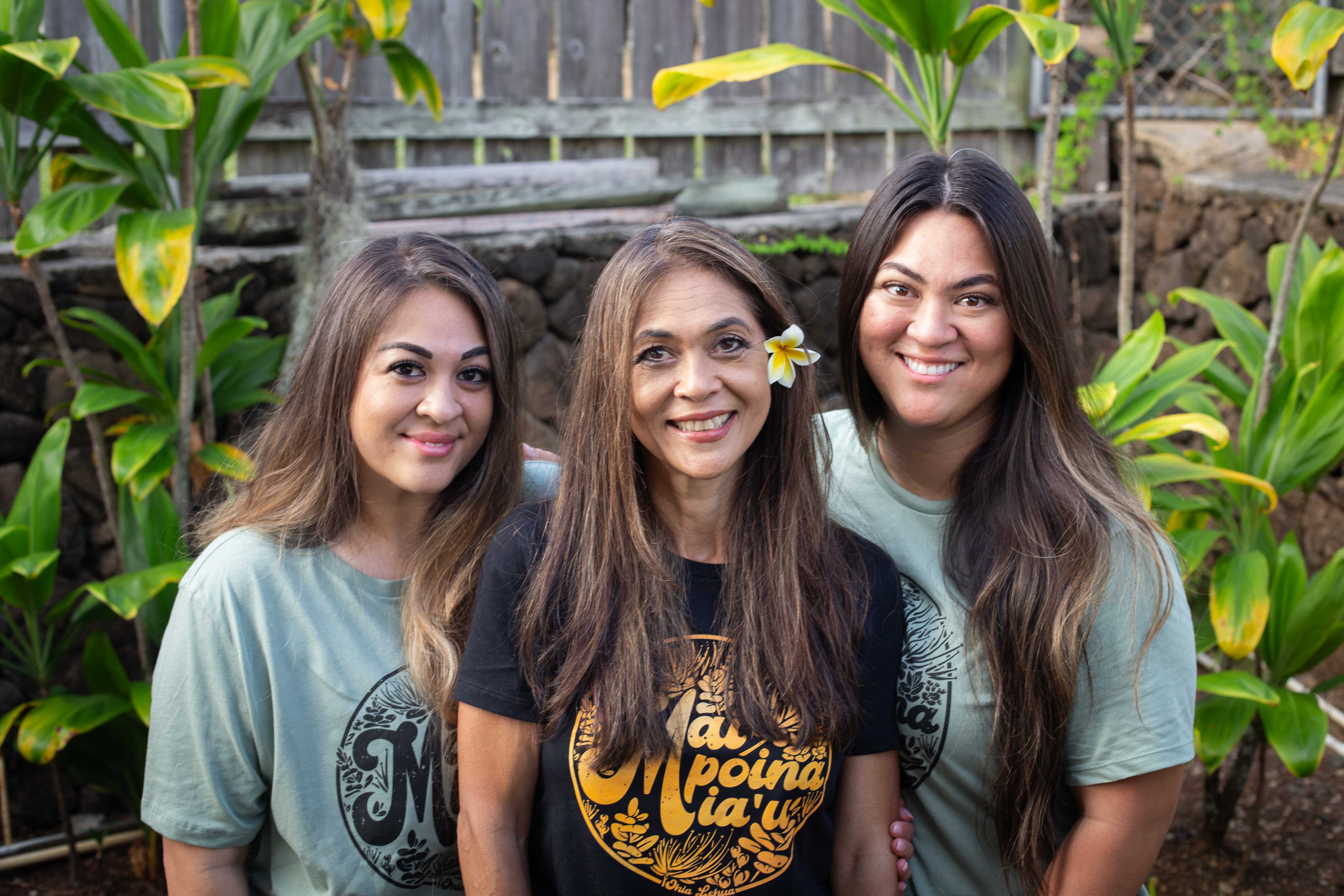
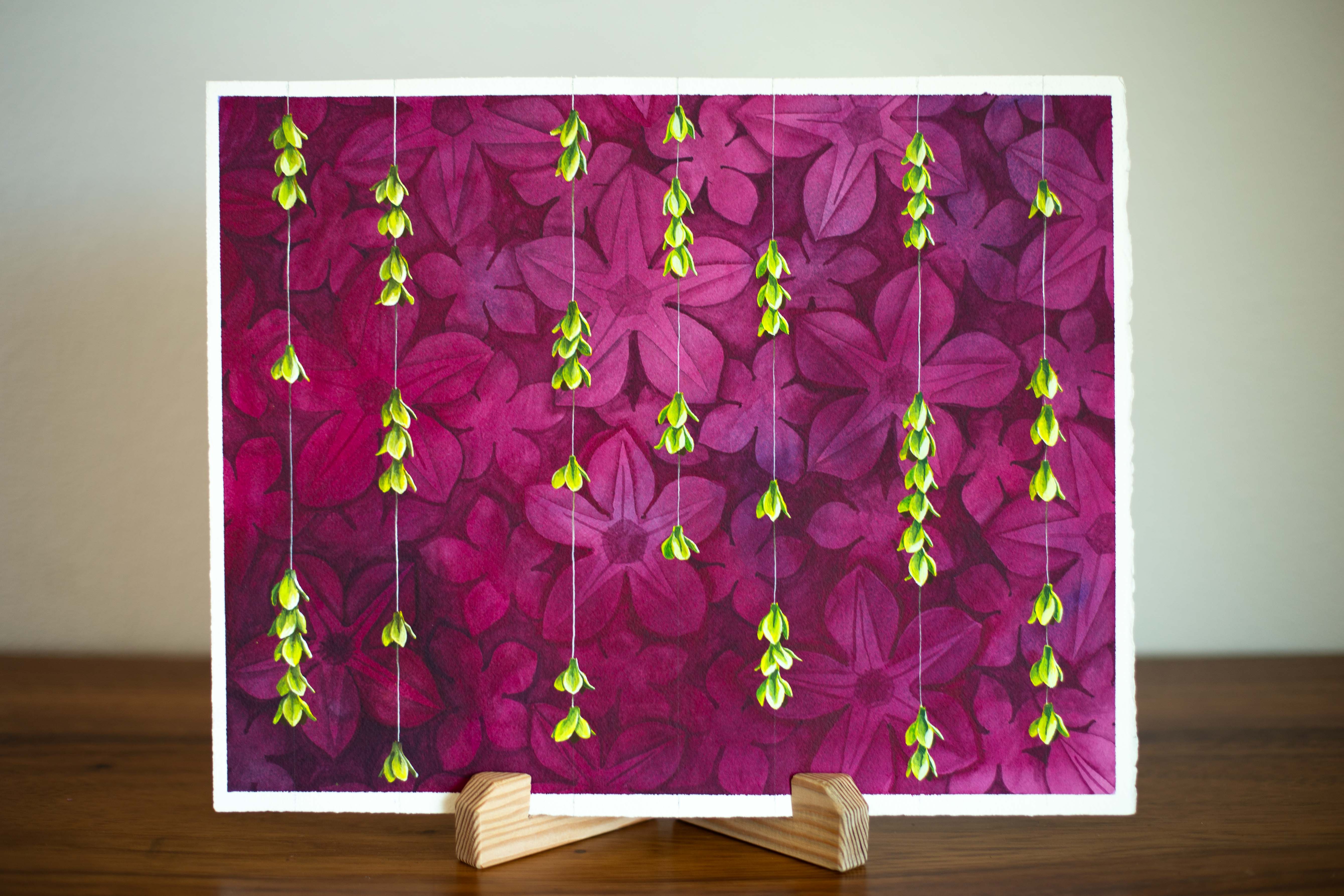
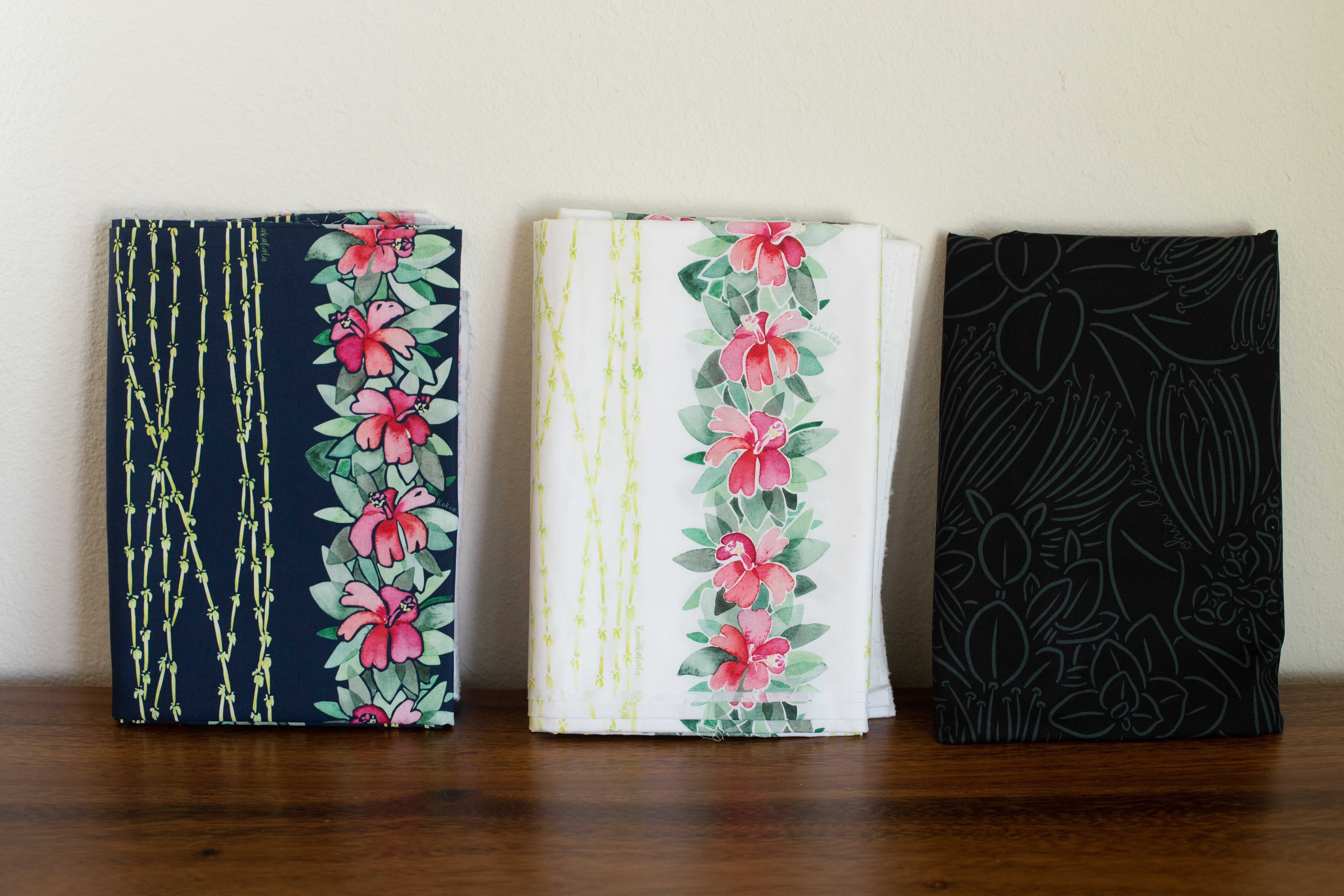
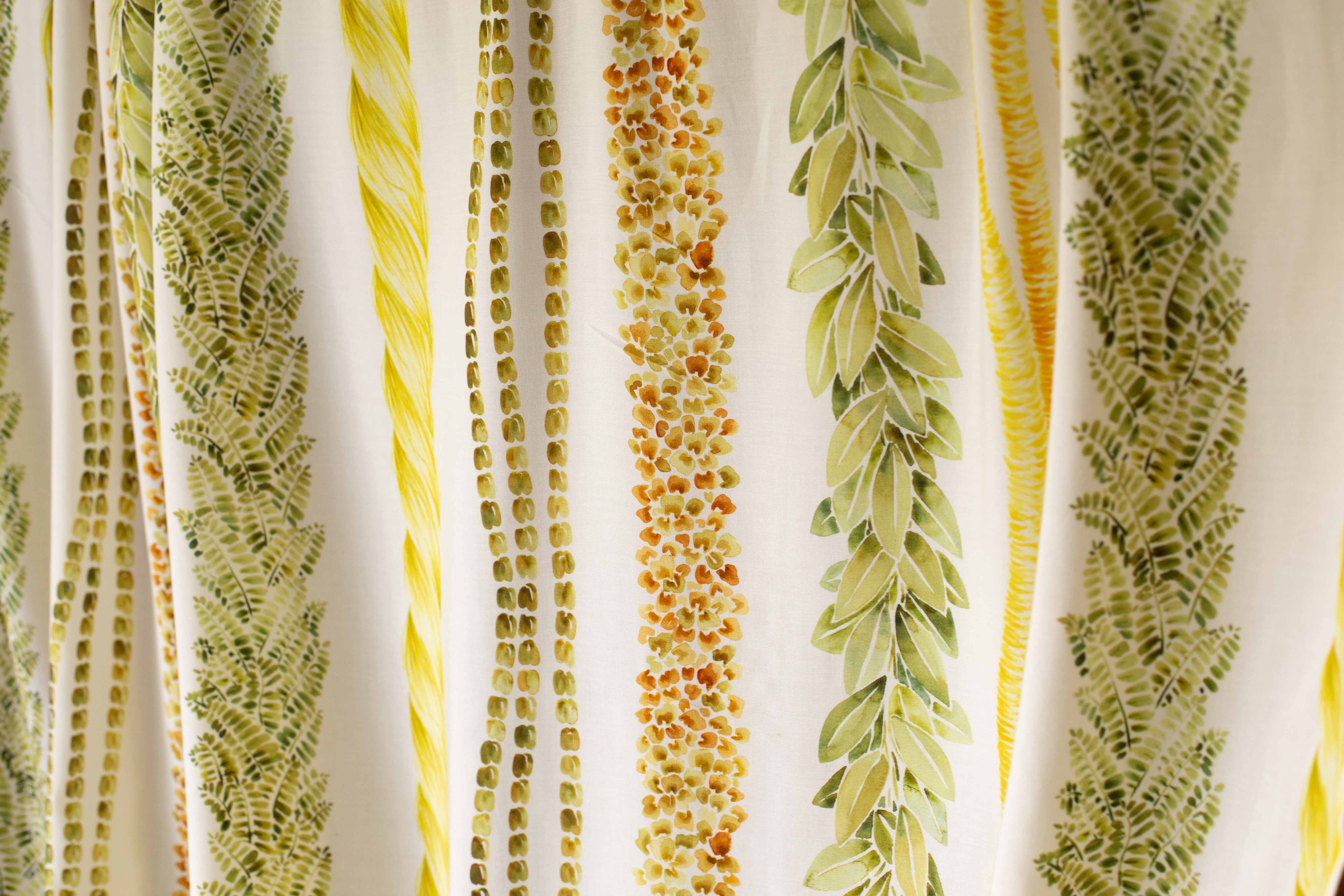
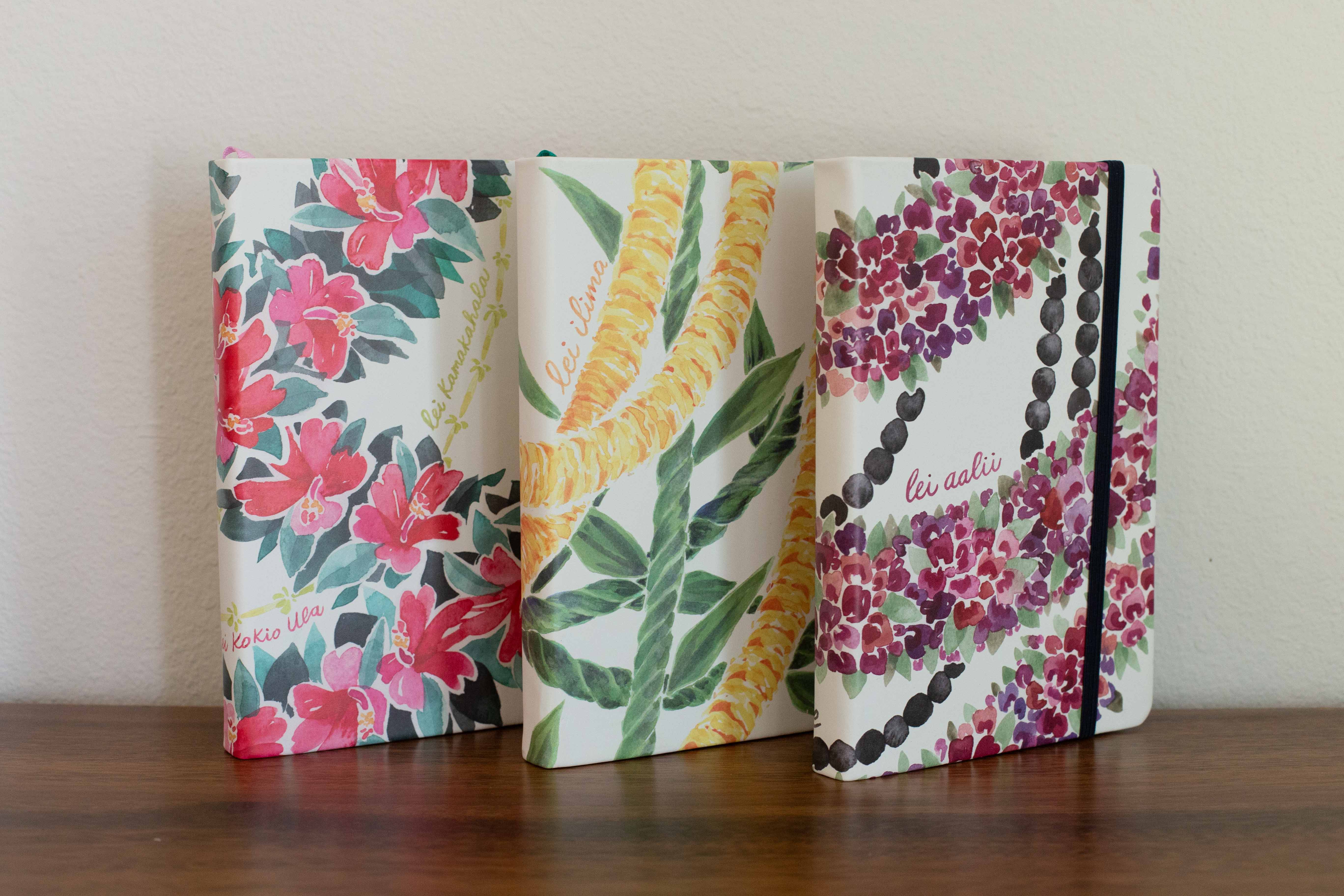

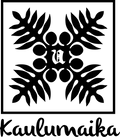
I’ve bsen exploriing for a little bit for any high-quality articles or blog posts inn this sort of area .
Exploring in Yahoo I eventually stumbled upon this site.
Studying this info So i’m happy to show that I have an incredibly good uncanny feeling I
discovered exactly what I needed. I most without
a doubt will make sure to don?t overlook this site and provides it a glance on a relentless basis. https://www.waste-ndc.pro/community/profile/tressa79906983/
very interesting. I find that the native Hawaiians can say things with a different dialect. for instance, my friend Paul says Moalepe as moe-ee-lepa. my understanding is that it should be moe-a-lepe this occurs in all countries, even with english.
tZASIHXg
lGmBWNVULzAiqO
jnNcDfaWYmp
Leave a comment